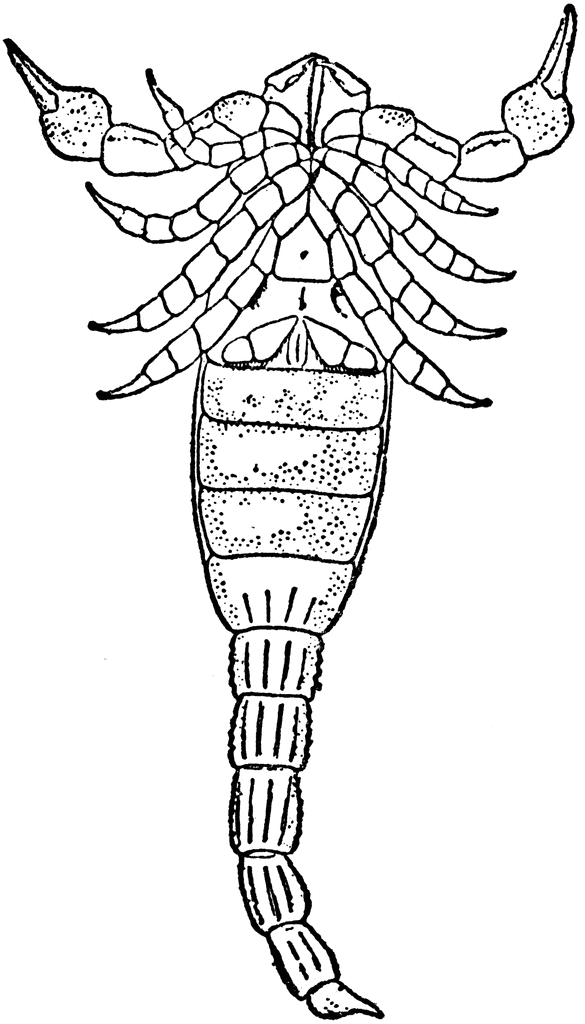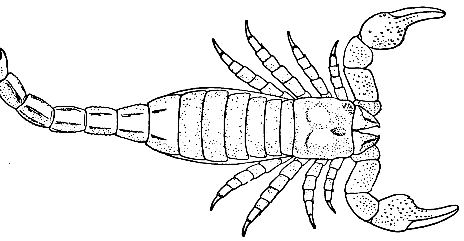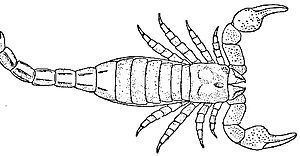Order Scorpion | Rank Genus | |
 | ||
Similar Scorpion, Rhyniella praecursor, Brontoscorpio anglicus, Stylonurus, Pterygotus | ||
Palaeophonus (meaning ancient killer) is the oldest known genus of scorpion.
Contents
Fossil records

This genus is known in the fossil record from the Silurian to the Carboniferous (age range: 428.2 to 314.6 million years ago). Fossils have been found in Europe, United States and Canada.
Description

Palaeophonus was virtually identical to modern scorpions. It grew to a lengths of 2.5–3.5 inches (64–89 mm). These animals did not have eyes and therefore they were blind.

Until a few decades ago it was thought that Palaeophonus, similarly to many other scorpions of the Silurian, was one of the earliest animals to have conquered the land. In fact, a closer examination of the fossils has determined that these animals possess well developed gills, very similar to those of contemporary Eurypterids (or sea scorpions).

It is likely, therefore, that Palaeophonus and its relatives were water scorpions, living in the estuaries to hunt small prey. In any case, it is highly likely that these animals reached from time to time the mainland and would have preyed upon small creatures that lived alongside it, including primitive springtails and millipedes.
Species
Species within this genus include:

